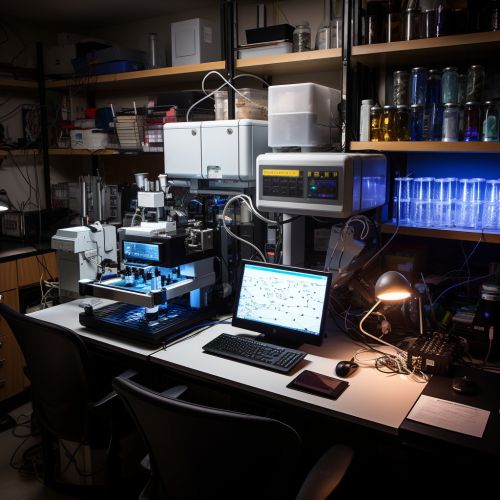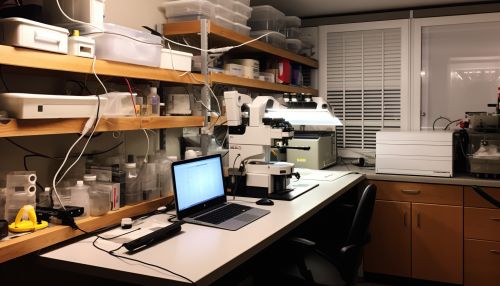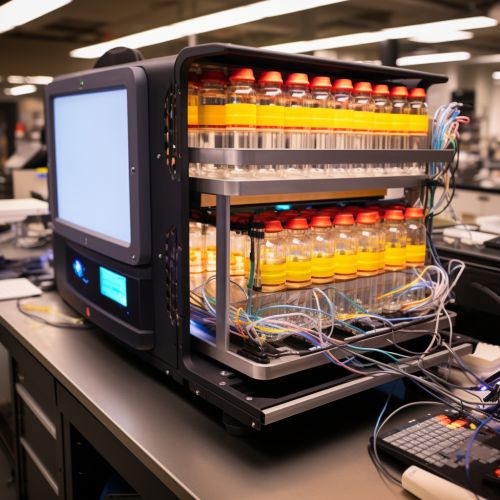The Role of Metagenomics in Environmental Studies
Introduction
Metagenomics, the study of genetic material recovered directly from environmental samples, has revolutionized our understanding of the microbial world. This field of study has been instrumental in environmental studies, providing insights into the structure and function of microbial communities in various environments more on microbial communities. This article delves into the role of metagenomics in environmental studies, exploring its applications, methodologies, and challenges.
The Concept of Metagenomics
Metagenomics involves the sequencing of DNA from environmental samples, bypassing the need for individual culture of organisms more on DNA sequencing. This approach allows for a comprehensive survey of the microbial diversity in an environment, including the vast majority of microbes that are not easily cultured in the laboratory. Metagenomics has thus opened a new window into the microbial world, revealing a previously unappreciated level of diversity and functionality.


Applications of Metagenomics in Environmental Studies
Metagenomics has found wide-ranging applications in environmental studies, from understanding microbial community dynamics to assessing environmental health.
Microbial Community Analysis
One of the primary uses of metagenomics in environmental studies is to analyze microbial communities in various environments. This includes soil, water, air, and even extreme environments like hot springs or deep-sea vents more on extreme environments. Metagenomic analysis can reveal the types of microbes present, their relative abundances, and their potential functions.
Environmental Health Assessment
Metagenomics can also be used to assess the health of an environment. For example, changes in the microbial community can indicate pollution or other environmental stressors. Similarly, the presence of certain microbes or genes can be used as bioindicators of environmental health more on bioindicators.


Methodologies in Metagenomic Studies
Metagenomic studies typically involve several steps, from sample collection to data analysis.
Sample Collection and Preparation
The first step in a metagenomic study is to collect environmental samples. The method of collection will depend on the type of environment being studied. Once collected, the samples are processed to extract the total DNA.
Sequencing and Data Analysis
The extracted DNA is then sequenced using high-throughput sequencing technologies. The resulting sequence data is analyzed using bioinformatics tools to identify the types of microbes present and their potential functions more on bioinformatics.


Challenges in Metagenomic Studies
Despite its potential, metagenomics also faces several challenges. These include technical issues related to DNA extraction and sequencing, as well as computational challenges related to data analysis. Additionally, interpreting metagenomic data in the context of complex environmental systems can be difficult.
Conclusion
Metagenomics has greatly expanded our understanding of the microbial world and its role in environmental systems. Despite the challenges, the field continues to evolve, offering new tools and approaches for studying microbial communities in their natural environments.
